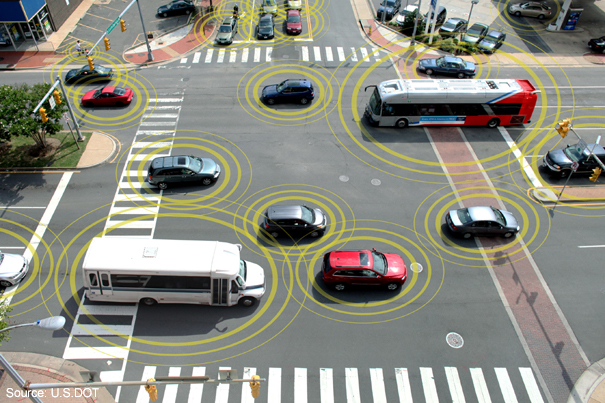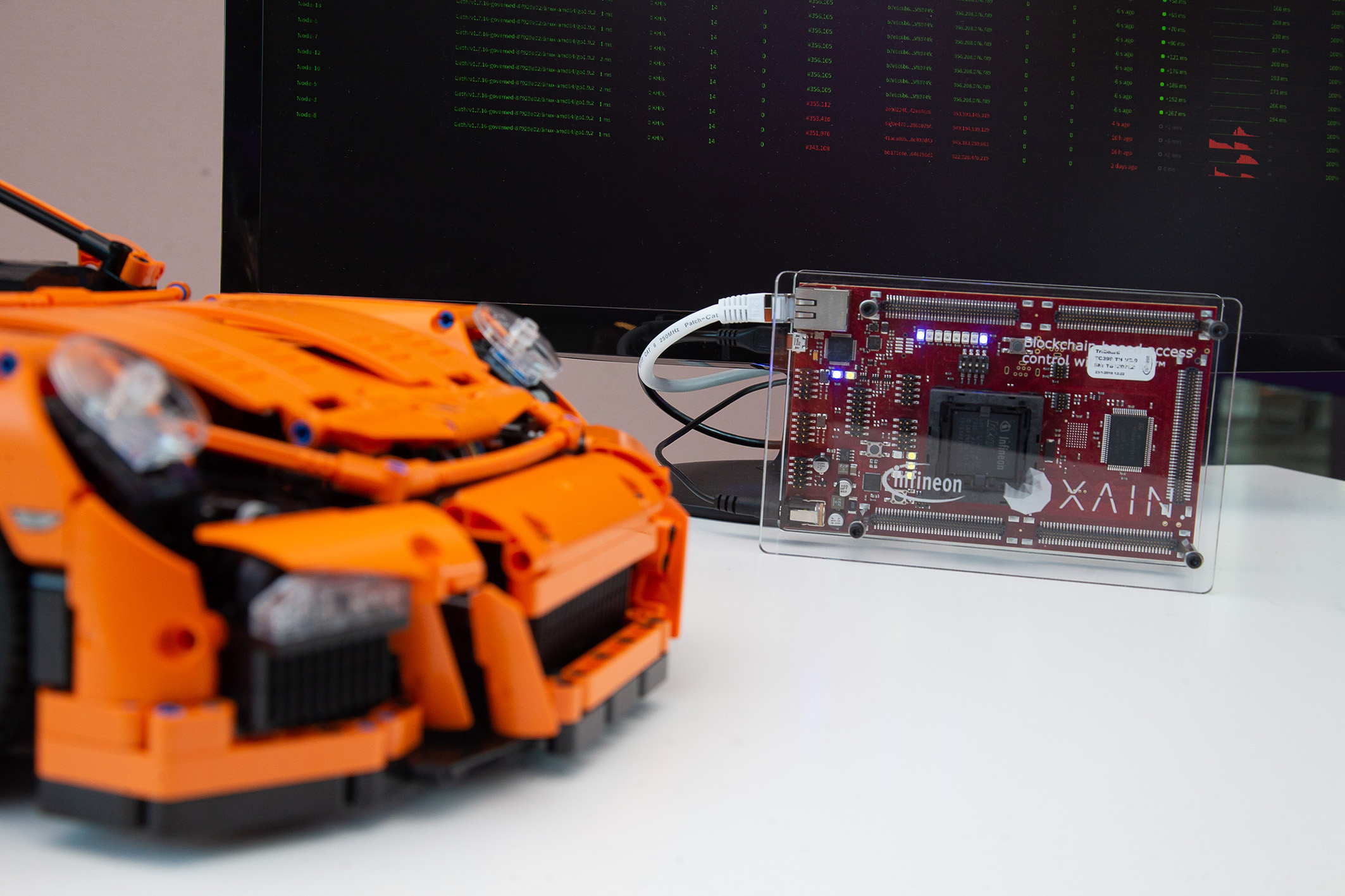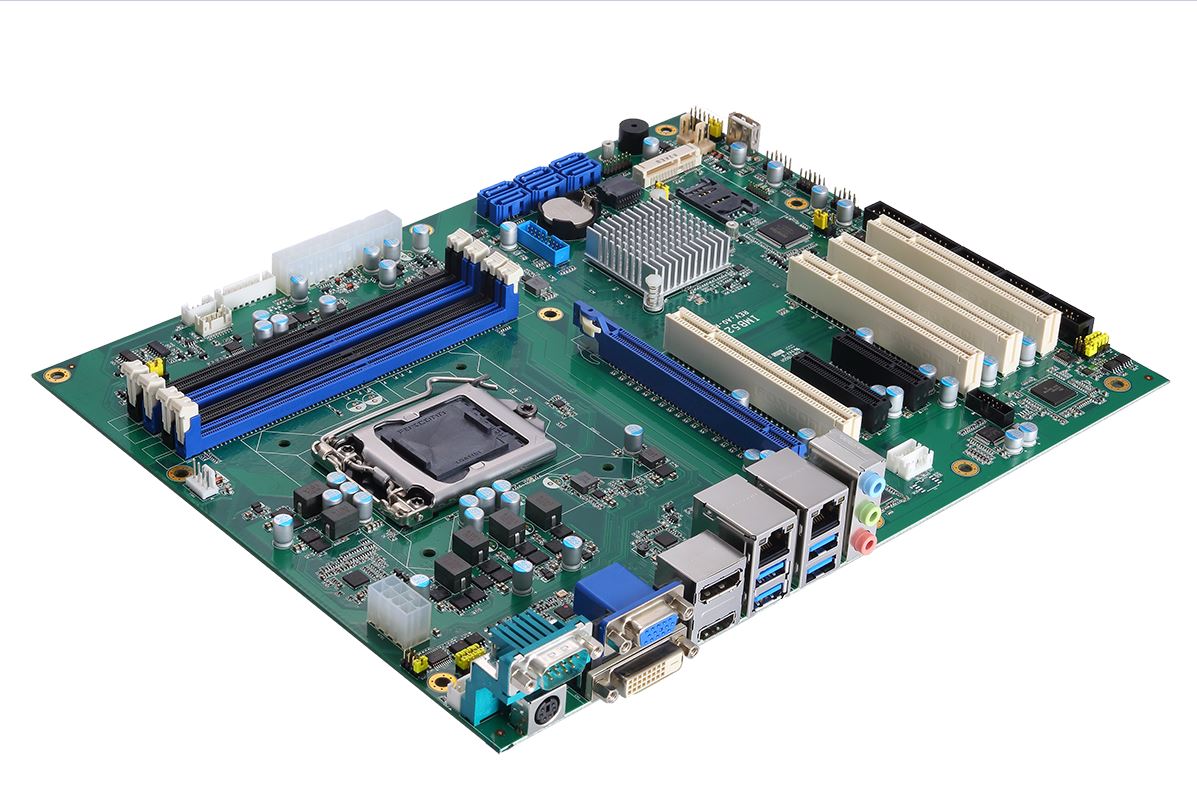By Alix Paultre, contributing editor
There is a large and passionate debate going on in our society on the future of the car, mostly revolving around the vehicle drivetrain. However, there is a larger issue that will apply to every vehicle in the future, regardless of the motive force under the hood. That issue is the development of the connected car and its related infrastructure.
This connectivity is inevitable. Cars are one of the few areas in society being impacted by every single disruptive technical advance being commercialized today from advanced power electronics to autonomous intelligent systems. Add cloud connectivity required for the vehicle infotainment and navigation systems, and you have the building blocks of a smart traffic environment.
Vehicle-to-everything
This connectivity extends from the board level to the municipal infrastructure itself and is expressed in the term “V2X,” which means “vehicle-to-everything.” The next generation of cars will not only talk to internal sensors and systems but to other cars and the road (Fig. 1 ). The subsets of V2X are vehicle-to-vehicle (V2V), vehicle-to-infrastructure (V2I), vehicle-to-network (V2N), and vehicle-to-pedestrian (V2P). In many cases, some of the solutions and services will overlap, and convergence will integrate the functionality at the device level more and more as the core technologies continue to mature.

Fig. 1: The next generation of cars will talk to other cars and the road. (Image: U.S. DOT)
Governments and their regulatory bodies also recognize the importance of the connected car. For example, the U.S. Department of Transportation’s Intelligent Transportation System Joint Program Office is collaborating with industry to develop tight controls to prevent tampering with connected vehicle hardware and software in conjunction with the National Highway Traffic Safety Administration, who will vet results.
Vehicle-to-network
In mobile ad-hoc networks, the nodes are not fixed but move from one location to another just like vehicles move from one place to another. V2X technology uses a mobile ad-hoc network known as vehicular ad-hoc networks. In the U.S., the V2V standard is known as wireless access for vehicular environments (WAVE).
High-performance intelligent antennas are key in enabling vehicle connectivity. Almost every major aspect of infotainment, navigation, and V2X functionality requires wireless communications of one type or another. V2X technology is based on 5.9-GHz dedicated short-range communications, a Wi-Fi derivative specifically defined for fast-moving objects and enabling the establishment of a reliable radio link, even in non-line-of-sight conditions.
Today’s cars can have as many as 20 antennas or more, and adding advanced vehicle connectivity compatible with next-generation communication technologies like 5G will increase the demand for high-performance intelligent antenna solutions. The increased use of RF transparent materials will ease some of the mounting issues, and the antennas may eventually be integrated into the body of the car itself.
One company addressing the growing need for both advanced antennas and a more sophisticated communications suite is Continental , a company more known for its tires than its vehicle engineering solutions. The company recently acquired Kathrein Automotive , not only expanding its own portfolio but also gaining valuable development expertise in a growing critical market segment.
Kathrein Automotive and Continental have jointly developed two networking solutions: a smart antenna module and a Multifunctional Smart Device Terminal. The smart antenna module replaces the antennas previously scattered in the vehicle, becoming the central multi-antenna access point. The module can share information with the infrastructure via Wi-Fi and WLAN n/ac, other cars via IEEE 802.11p, smartphones via BLE and Wi-Fi, cellular networks (LTE/UMTS), satellite navigation (GNSS), or radio broadcasts (AM/FM).
There is no global standard for V2X communication currently on the horizon. While China primarily uses Cellular-V2X (C-V2X) technology, which is based on mobile communications, Europe and the U.S. are planning to additionally introduce transmission standards based on Wi-Fi (DSRC and ITS-G5) alongside C-V2X. A multitude of standards can lead to vehicle communication issues.
Bosch is one company addressing that aspect, taking a multi-standard approach to V2X with a universal connectivity unit. Able to use all transmission standards currently implemented, vehicles will be able to communicate with one another as well as with their surroundings, regardless of car or country. The all-in-one central control unit for V2X data communication enables cars to use any Wi-Fi networks available, and in Wi-Fi–poor areas, it can communicate using cellular networks. Software from Silicon Valley-based startup Veniam manages the array of communications options, continuously searching for and switching automatically between available networks.
Vehicle-to-vehicle
The CAR 2 CAR Communication Consortium is made up of leading European vehicle manufacturers, equipment suppliers, and research institutions working on Cooperative Intelligent Transport Systems and Services (C-ITS). The main objective is the development, testing, and deployment of C-ITS in Europe using V2V and V2I short-range communication for improving road safety and road efficiency. The consortium’s goal is to ensure interoperability, addressing all vehicle classes, no matter the brand or country.
Nokia and KDDI have successfully demonstrated the use of LTE in Japan for economical and low-latency connectivity in cars. Presented as the first to use LTE, the demonstration implemented the evolved Multimedia Broadcast Multicast Service (eMBMS) standard in two connected car applications, demonstrating the ability of cellular technology to enable next-generation inter-vehicle communications.
Designed to connect vehicles to each other, the network infrastructure, and roadside traffic lights, radar, and other functions, the proof-of-concept trials in Japan used non-integrated systems working with sensors with the Nokia Multi-access Edge Computing (MEC) platform, which significantly reduces network latency. The eMBMS hotspot sends data to many users simultaneously, allowing real-time information to be shared with multiple vehicles.
Security
An integrated cloud-enabled smart driving environment must be as safe and reliable, and that demands secure operation. One way to ensure that users in a network are legitimate is to use a tagging and decentralized database technology like blockchain. A couple of companies who are working to bring blockchain tech into the car are Infineon Technologies and start-up XAIN . The companies will test and develop solutions, with their first demonstrator showing how access rights for apps like car sharing can be handled with a smartphone app.
Potential applications for blockchain include not only keyless entry for car sharing but also on-demand services, automated payments for tolls and parking, service protection, and automated driving support. Infineon’s second-gen AURIX microcontrollers can already provide support for blockchain functionality in cars today. Fig. 2 shows an embedded hardware security module compliant with the highest level of EVITA security. Consisting of special computing and storage units within the microcontroller, the device performs the cryptographic operations, protected by a dedicated firewall of its own.

Fig. 2: This embedded hardware security module complies with the highest level of EVITA security. (Image: Infineon)
The latest AURIX microcontrollers have a secured memory for the digital key used for identification in the blockchain and can perform blockchain operations such as hashing or digital signing. Certified security controllers such as the OPTIGA Trusted Platform Module (TPM) 2.0 can allow even higher security levels to be reached.
Vehicle-to-infrastructure
It’s also critical that vehicles communicate with the road and the devices on it. V2I and V2N will not only improve traffic flow, it will also increase safety for both vehicles and pedestrians. Neavia Technologies has developed V2I moveable traffic lights for construction zones. Providing advanced warning and control capabilities, the lights have an 802.11p communication unit and an omni-directional antenna for the 5.8-GHz to 5.9-GHz band. Broadcasting the state of green, orange, and red signals, the light conforms with ETSI standards for GeoNet, BTP, and SAE standards on signal phase and timing and has a rechargeable battery enabling over a week of continuous operation.
Neavia’s V2I Station, a roadside intelligent transport system (ITS) station for V2V and V2I communication, also operates on 5.9-GHz bands to ETSI standards. Designed as an open tool for developing and testing new applications live, it can be equipped with various software stacks. A remote-control management software is also provided, and a set of interfaces enables the station to communicate with existing sensors or traffic lights.
Suitable for use in transportation infrastructures, Axiomtek’s IMB523 industrial ATX motherboard uses the 8th-generation Intel Core i7/i5/i3, Coffee Lake Pentium, and Celeron processors with the Intel Q370 chipset (Fig. 3 ). The ATX motherboard features four 288-pin DDR4-2666/2400 DIMMs with a memory capacity up to 64 GB and is expandable with one PCIe x16 slot, two PCIe x4 slots, four PCI slots, and one PCI Express Mini Card slot. The motherboard uses Intel HD Graphics, providing rapid video acceleration and supporting triple-view capability with DisplayPort, DVI-D, HDMI, or VGA with a resolution of up to 4K2K, and provides two USB 3.1 Gen 2 and four USB 3.1 Gen 1 ports.

Fig. 3: Axiomtek’s IMB523 industrial ATX motherboard uses the 8th-generation Intel Core i7/i5/i3. (Image: Axiomtek)
Vehicle-to-pedestrian
V2P communications will stem from and enable other V2X systems. Pedestrian-assistance functionality can be deployed in vehicles, in the municipal infrastructure, and with the pedestrians themselves, and all will interact to provide optimal functionality and redundancy. These systems will provide warnings to drivers and/or pedestrians in blind-spot situations like parking or merging, collision warnings, and other alerts like intersection management and left-turn assist.
The simplest and most obvious V2P interface for pedestrians is their smartphones, and a variety of applications can be created to take advantage of whatever level of smart infrastructure is available. An example of a new V2P functionality that could be leveraged via an application is an automated phone alert about an intersection or traffic signal for blind pedestrians or one that alerts transit bus operators that there are pedestrians on the road or passengers waiting at a stop.
Moving forward
The automation of the automobile is already a given, with the only real questions being that of scope and scale. Intelligent transportation systems and vehicle-to-everything technology will not only empower vehicular autonomy but ensure that vehicles and people interact safely, securely, and in a way that benefits the community. Proper systems integration will help us achieve that goal as fast and effectively as possible.
Advertisement
Learn more about Electronic Products Magazine





